14 sports questions we've always wanted to ask
Categories: Healthy lifestyle | Lifestyle | People | Photo project | Society | Sport | World
By Vika https://pictolic.com/article/14-sports-questions-weve-always-wanted-to-ask.htmlHave you ever wondered how synchronized swimmers dance underwater: can they hear the music? Or why don't hockey players get dental implants even if they can afford it?
We have found answers to the most popular questions about various sports and are ready to share them with you.
12 PHOTOS
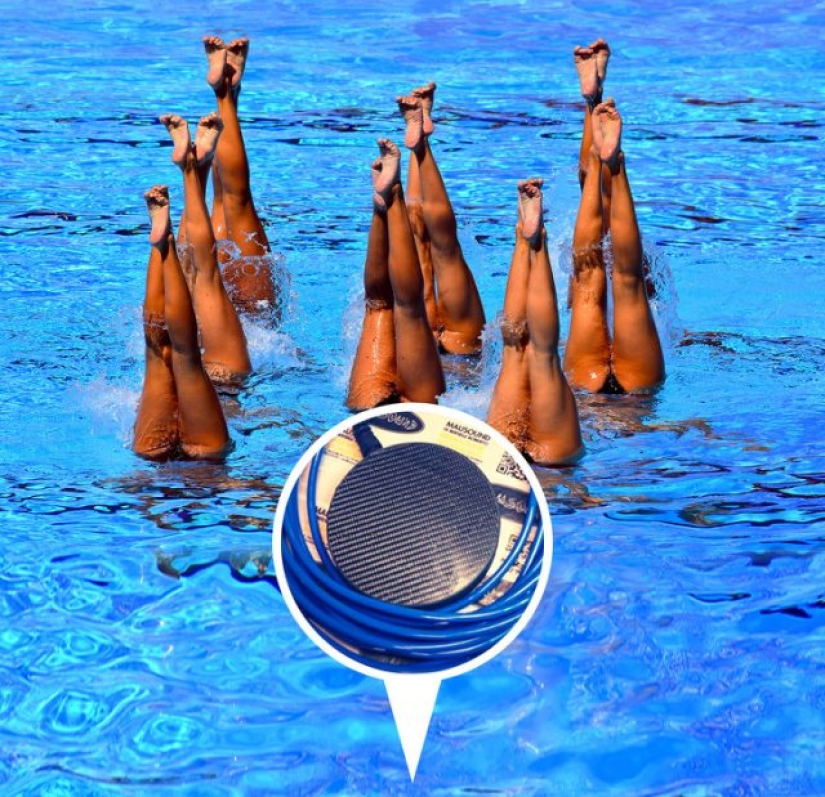
1. Do interpreters hear music during a performance?
One of the main attributes of synchronized swimming is underwater speakers. Swimmers wouldn't be able to perform underwater if they couldn't hear the melody. However, due to the difference in water and air resistance, dissonance occurs in the music when it is played underwater. That's why these pools use special audio systems that can play the melody exactly the way it should sound.

2. Why do tennis players scream during the game?
If you have seen professional tennis players on the court, you have probably heard how they scream when they hit the ball. This is because they hit the ball while exhaling. The harder they hit, the louder they exhale, and sometimes it sounds like they are screaming. By the way, Maria Sharapova is the loudest tennis player in the world: she screams at a level of 101 dB. For comparison: the underground train is only 100 dB.

3. Why don't hockey players get dental implants?
Hockey players' equipment includes a mouthguard, and a plastic cover placed over the teeth to protect them. According to the athletes, even if they wear protection, this does not necessarily mean that by the end of the match their smiles will be the same as they were before. A famous incident occurred in 2010 when Chicago hockey player Duncan Keith lost 7 teeth immediately after being hit by a puck. And such incidents happen quite often. Before the end of their career, few players decide to have implants inserted: if they have damaged jaws, it will be much more difficult to repair the damage if they have implants.
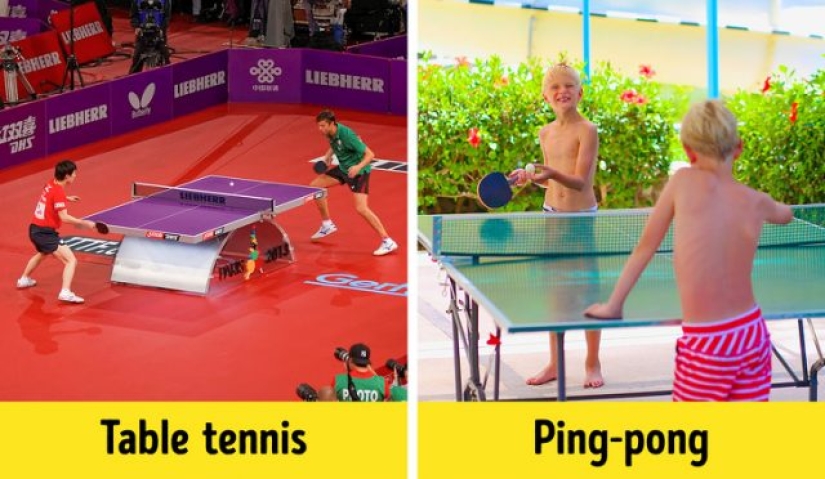
4. Are table tennis and ping pong the same thing?
“Ping pong is a game you play in your basement. Table tennis is a sport. At least that's how David Chuang, a table tennis champion from New Brunswick, sees it. For a long time, both of these names were used for the same game. But now table tennis is an Olympic sport, with its own strict rules that are often neglected by ping-pong players (such as the hardness of the surface of the racquet).

5. Can you become a professional athlete by watching YouTube videos?
It's difficult, but still possible. There is only one case in history when an athlete did not have a coach, and he became a professional, and even won the World Championship and received a silver medal at the Olympic Games. The character's name is Julius Yego. Within the first few years, he learned to throw javelins just by watching YouTube videos. And only after he won the African Games, did he begin to look for a mentor.
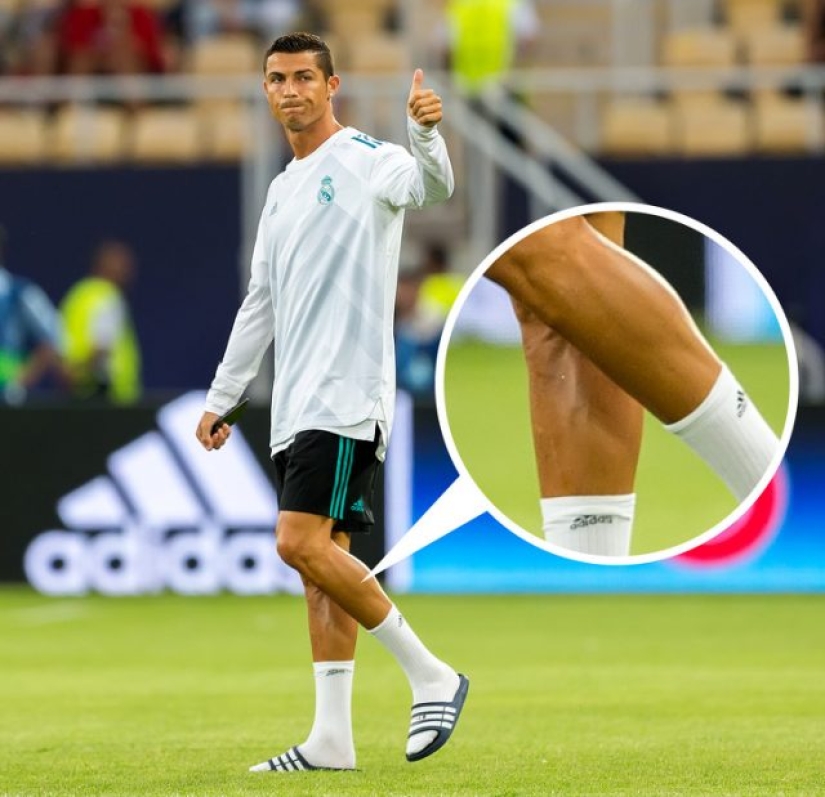
6. Why do football players shave their legs?
According to footballer Matthew Sheldon, he and his colleagues shave their legs because it is convenient. Athletes massage their feet several times a week, and the oils and gels used during these treatments can pull on the hair. Also, players often have to use band-aids, so shaving your legs makes it easier. In the end, it's just more attractive, according to Sheldon.

7. How much does an Olympic medal cost?
For each Olympic Games, a unique design is created for the medals. It is supposed to show the culture and symbols of the host country. So, the weight of medals can vary. In addition, since the Stockholm Olympics in 1912, medals have not been made of pure metals, but only coated with them. Therefore, it makes no sense to melt these prizes and sell the metal. However, these trophies can fetch between $20,000 and $50,000 at auctions.

8. Are there professional racers who do not have a driver's license?
Dutch race car driver Max Verstappen only got his driver's license after becoming the youngest driver ever to compete in Formula One. He was driving for 6 months before the government officially allowed him to drive. In 2016, the race organizers adopted a rule banning people who do not have a driver's license from competing.
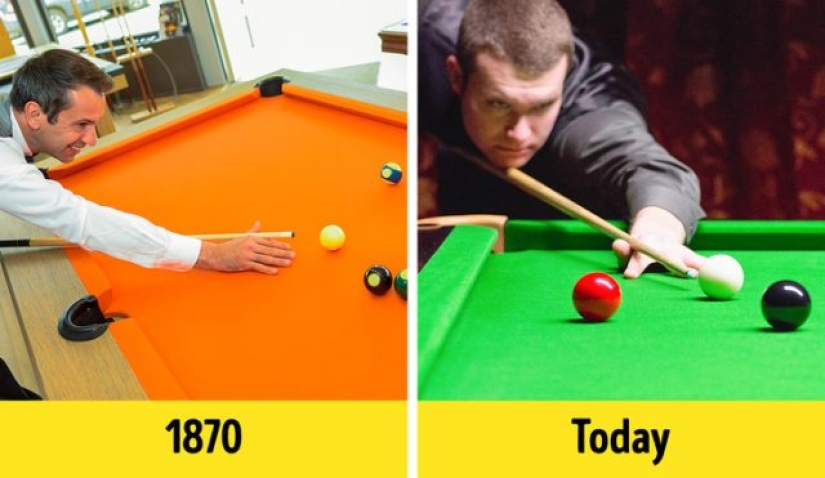
9. Why do most pool tables have green felt?
The billiard table is supposed to have originated from croquet, so most of the tables are covered with green cloth - just like grass. Before 1871 there was another version where the fabric was mostly orange. But when there was not enough light, it was difficult to see the exact movement of the balls on the table. This often led to disputes among the players. Green cloth solved this problem: against this background, red and white balls are clearly visible.
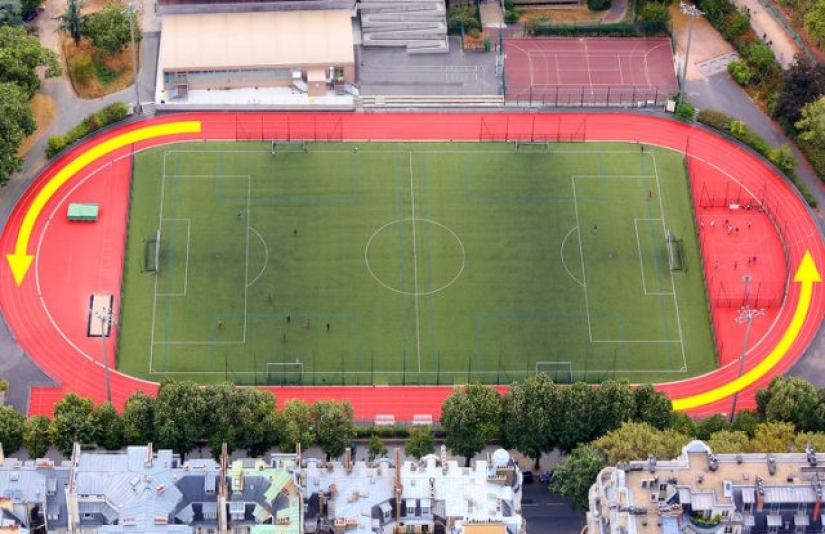
10. Why do athletes always run counterclockwise around the stadium?
There are several different opinions about this. Some people believe that the tradition comes from ancient Rome, and in the past, people chose the direction of running based on the conditions of the infrastructure. Others believe that most athletes have strong right legs, and when they run counterclockwise, they do most of the work.
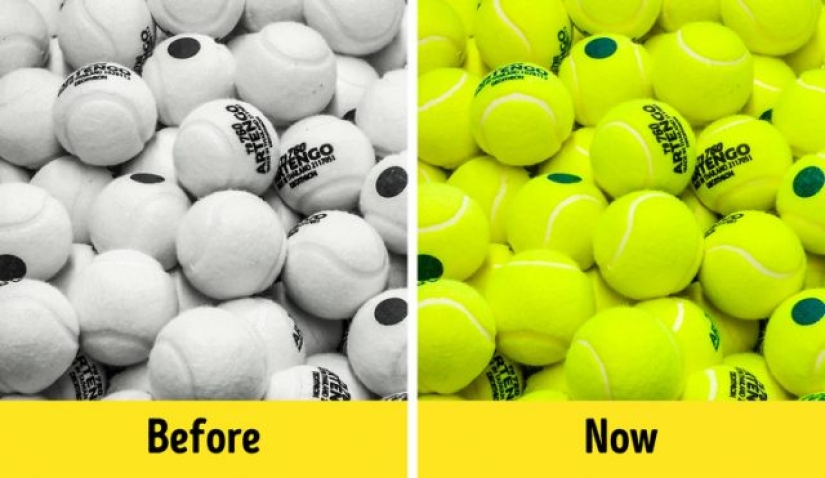
11. Why are tennis balls neon yellow?
There are several different opinions about this. Some people believe that the tradition comes from ancient Rome, and in the past, people chose the direction of running based on the conditions of the infrastructure. Others believe that most athletes have strong right legs, and when they run counterclockwise, they do most of the work.
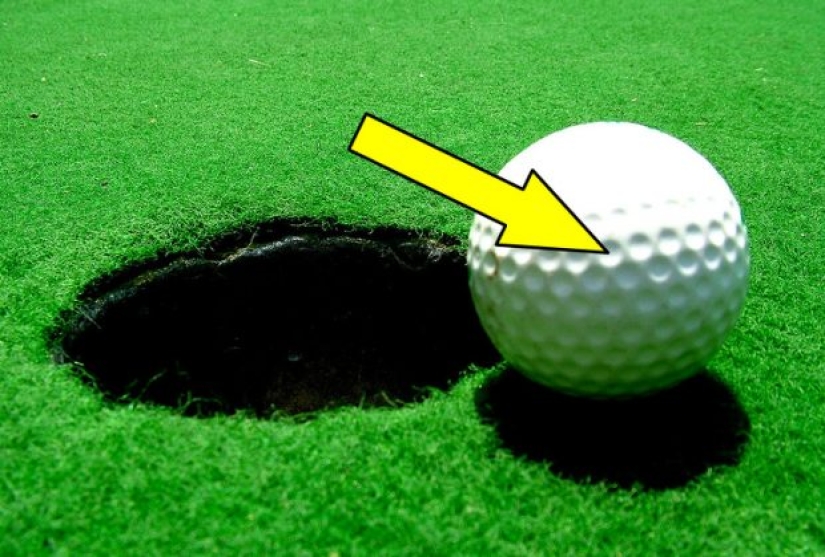
12. Why do golf balls have dimples?
Dimples on a golf ball affect its speed and trajectory. It's a fact: without dimples, balls only travel 50% of the distance they travel with dimples. But accuracy is key here: even the smallest difference from the standard size (depressions of about 0.010 in-depth) will change its characteristics. By the way, most golf balls have 300 to 500 dimples.
Keywords: Sports | Swimmers | Players | Health | Healthy lifestyle | Exercises | People | Lifestyle
Post News ArticleRecent articles

If your workplace is not a sofa, and your suit — pajamas (this means that you are not a freelancer), then you know exactly what ...

Charlie Chaplin is known throughout the world; his career as a silent film actor lasted 75 years, ending with his death. Chaplin ...
Related articles

In the modern world, there are many strange sports that cause surprise or laughter. Fortunately, entertainment in which innocent ...

Society's obsession with fitness may seem like a phenomenon of the present, but these photos prove the opposite — it all started ...

On the cold morning of February 12, 1908, a quarter of a million people poured out onto the streets of New York to see the start of ...

In the noughties, fearless American photographer Bruce Gilden, known for his shooting of "street life", went to the Urals. --> In a ...